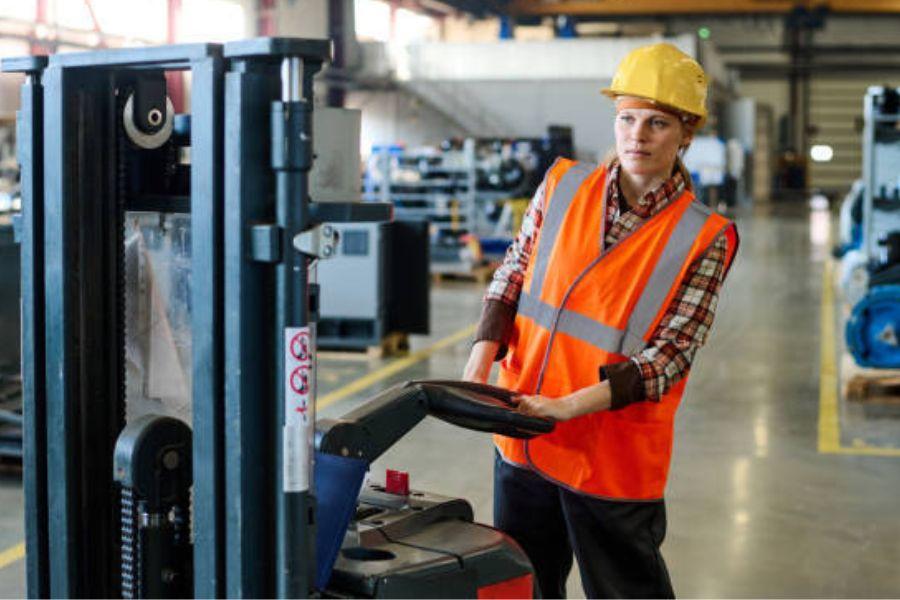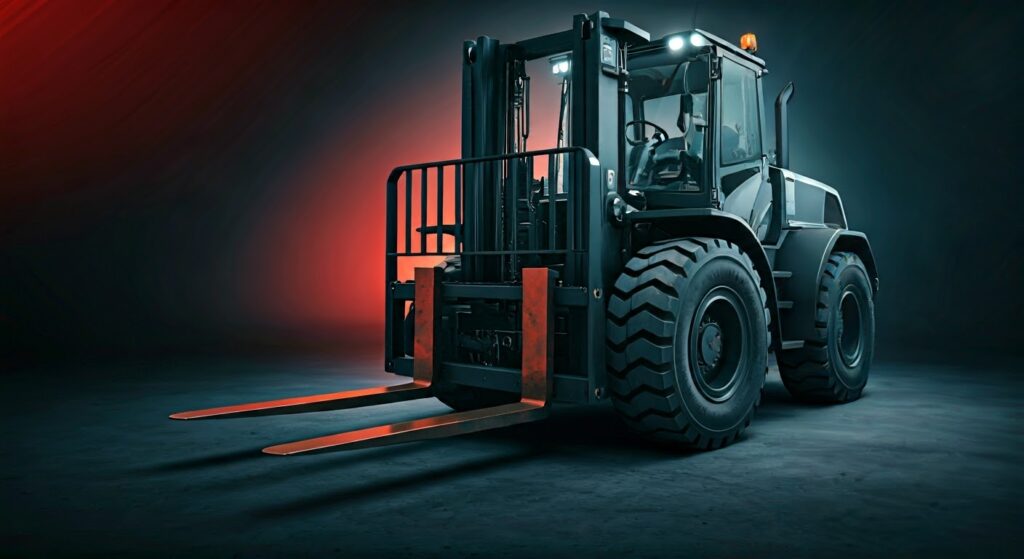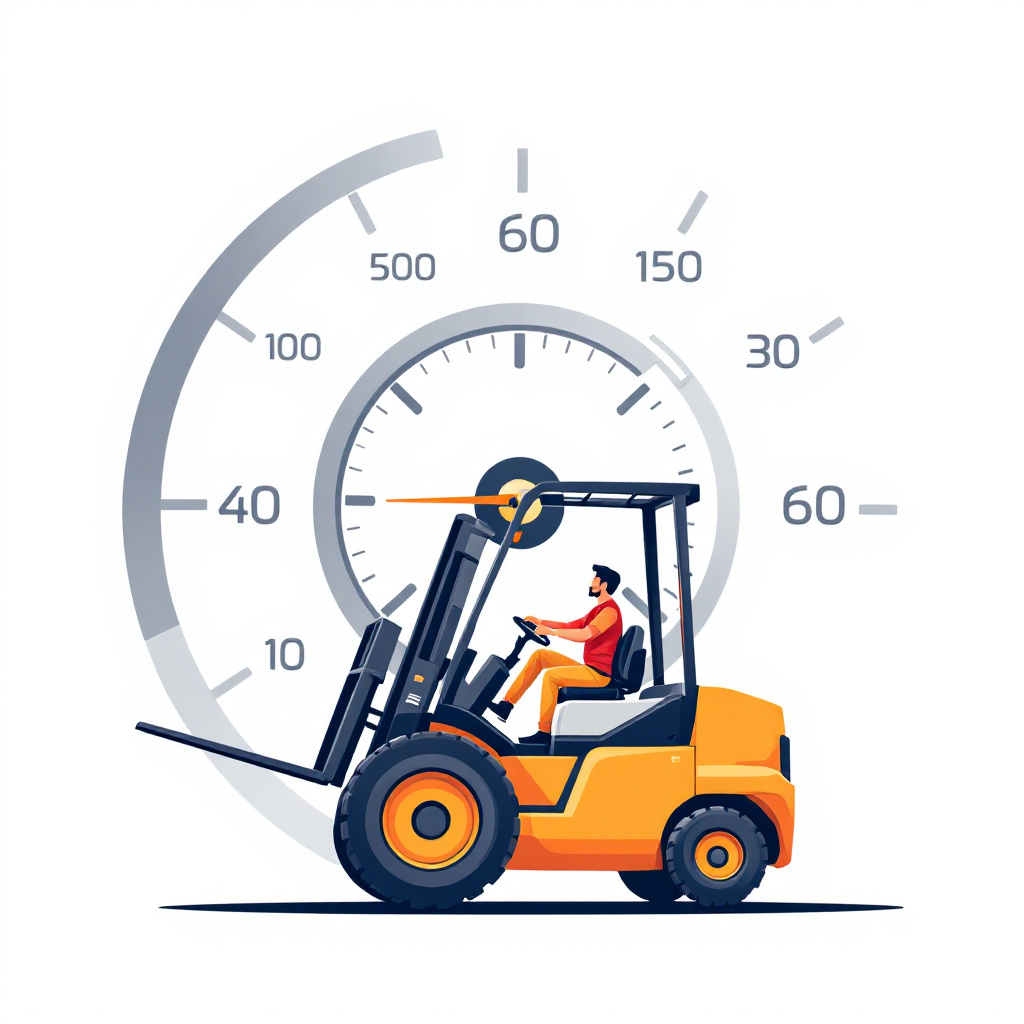Your forklift is a vital asset for your company. To ensure its longevity and maintain a safe working environment, regular maintenance and inspections are essential. In this article, A Comprehensive Guide to Forklift Inspections, we will walk you through the crucial steps for a thorough inspection, adhering to OSHA and federal regulations, to keep your forklift operating safely and efficiently.
The Importance of Regular Forklift Inspections
Before operating a forklift, it is imperative that the operator conducts a thorough inspection of the machine. This practice not only prevents injuries from defective parts but also helps avoid expensive repairs due to breakdowns or malfunctions.
Legal Requirements for Forklift Inspections
OSHA Compliance
Skipping a pre-shift inspection for your forklift is not an option. Both OSHA and federal law mandate that these inspections take place before every shift. OSHA provides a detailed checklist that covers the forklift from back to front and top to bottom, ensuring comprehensive safety checks.
Pre-Operational Checks
Visual Inspection Before Starting the Engine
Before starting the engine, the operator should visually inspect the forklift for any new leaks, cracks, or damage. Key items to check include:
- Tire Condition: Check tire pressure and look for bulges, cuts, holes, or excessive wear.
- Fluid Levels: Inspect the levels of fuel, transmission fluid, radiator coolant, engine oil, brake fluid, and hydraulic oil.
- Battery: Ensure the charge, electrolyte, and battery water levels are adequate.
- Hood Latch: Verify that the hood latch fastens properly.
- Forks: Check the condition of the forks for any damage.
- Engine Belts: Look for cracks and rips in the engine belts.
Additionally, confirm that all safety devices such as lights, horn, fire extinguisher, mirrors, wipers, and the backup alarm are attached and functional. Ensure the seat belt is operational and inspect the hoist system for any damage.
Engine Running Checks
Once the visual inspection is complete, start the engine and ensure the following components are working properly:
- Gauges: Check all gauges, including fuel, temperature, engine oil, and instrument panel.
- Steering and Accelerator Control Pedal: Ensure smooth operation.
- Brakes: Test both the parking and service brakes.
- Monitors, Lights, and Horn: Verify functionality.
- Attachment Control Operation: Check the control operation for attachments.
- Drive Control (Forward/Reverse): Ensure proper functioning.
- Cab Components: Inspect the heater, wipers, and defroster.
- Control for Lowering and Hoist: Verify proper operation.
If you notice any unusual sounds or issues during this part of the inspection, turn off the engine and address the problem before resuming normal operations.
Additional Forklift Inspections
Depending on the type of forklift, additional inspections may be necessary.
Electric Forklifts
For electric forklifts, inspect all connectors and cables. Repair any exposed or frayed wires before use. Always wear protective equipment such as a rubber apron, face shield, and rubber gloves when inspecting electric components.
Learn More: FIVE COMMON TYPES OF WAREHOUSE PICKERS & FORKLIFTS
Liquid Propane Forklifts
For liquid propane forklifts, conduct a careful pre-operation check of all propane parts, including:
- Ensuring the tank is properly mounted and secure.
- Checking all connectors and hoses for integrity.
- Verifying the pressure relief valve is oriented correctly.
- Inspecting the tank for cracks and dents.
- Checking for any signs of leaks.
Wear protective equipment, including a face shield, gauntlet gloves, and long sleeves, during these inspections.
Handling a Forklift That Fails Inspection
If a forklift fails inspection, do not use it. Tag it and remove it from service immediately. Only return the forklift to service after it has been repaired and passes a subsequent inspection.
Mid-Shift Inspections
Even if a forklift passes the pre-shift inspection, operators should remain vigilant for any issues that arise during operation. If you notice any of the following problems, shut down the forklift immediately and report it for repairs:
- Fire or the smell of smoke.
- Mechanical breakdowns, including any component or safety feature.
- Leaks.
- Overheating.
Regular Maintenance for Optimal Performance
Daily pre-shift inspections are essential, but they should not replace regular, planned maintenance. Schedule periodic maintenance to keep your forklifts in top working condition. This practice helps prevent mechanical breakdowns and accidents, ensuring the safety of your employees and the longevity of your equipment.
Learn More: Understanding the Purpose of a Forklift Load Backrest
Conclusion
Regular forklift inspections are crucial for maintaining a safe and efficient work environment. By following OSHA guidelines and conducting thorough pre-shift and mid-shift inspections, you can prevent injuries, avoid costly repairs, and ensure the longevity of your forklifts. Prioritize safety and proper maintenance to keep your operations running smoothly.



